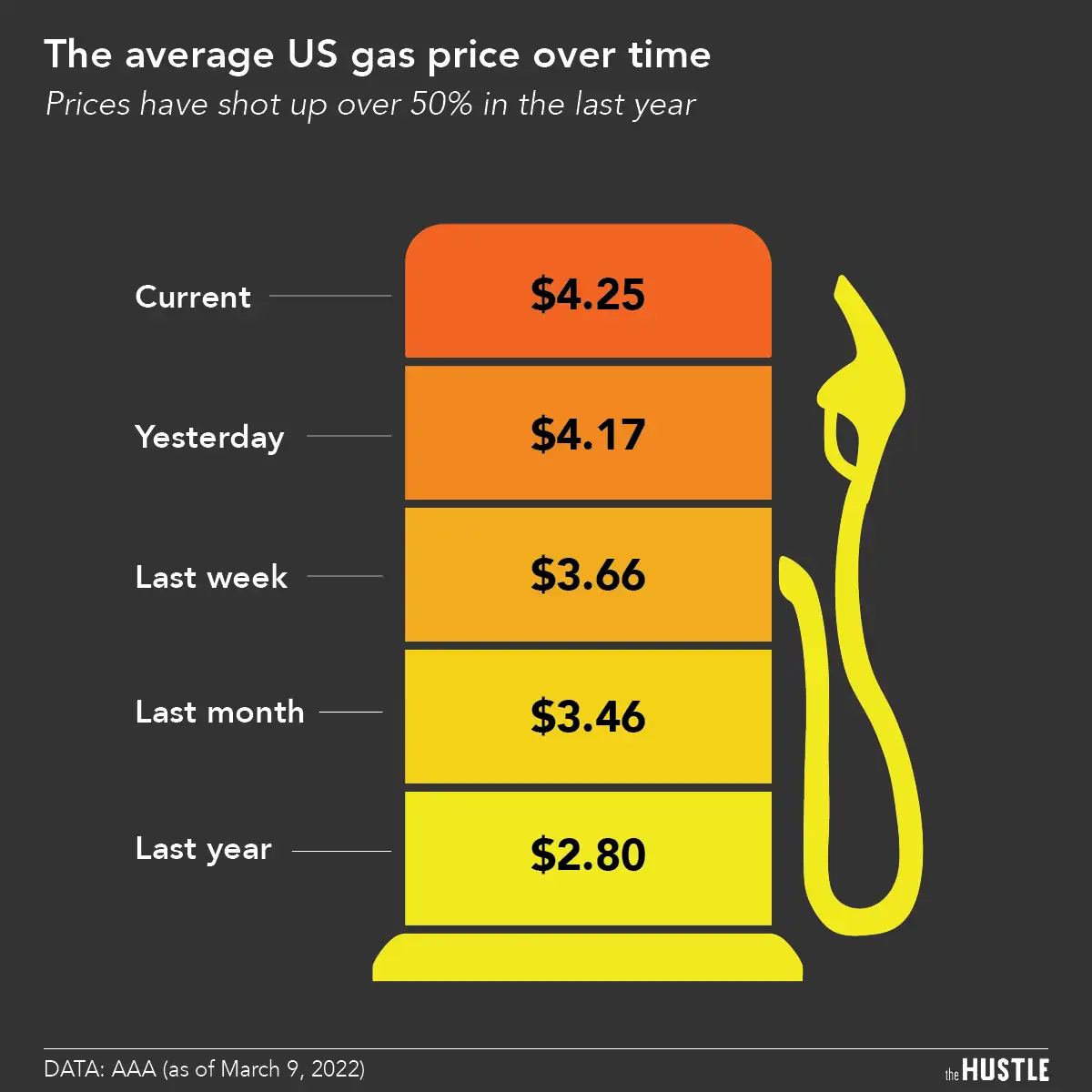It was a shocking sight.

In April 2020 — as COVID-19 fears gripped the world for the first time — the futures price of WTI oil hit -$37.63 (as in negative).
While the price shock didn’t last long, many predicted doom for the energy stocks.
Energy is now on pace to be…
… the top-performing sector on the S&P 500 this year (beating out 10 other sectors including Tech, Consumer, and Health Care). It’s a feat Energy hasn’t accomplished since 2016, per Bloomberg.
While the benchmark S&P 500 is up ~29%, the Energy sector is up ~47%.
The sector’s performance — unsurprisingly — coincides with the rise in oil prices, which jumped over the past year as the world restarted. In October, WTI oil crossed $85 (a 7-year high) and it now sits at $73.
Energy companies are typically classified…
… by their operations, per Investopedia:
- Upstream companies discover, drill, and extract oil. They are also known as exploration and production companies (e.g., Schlumberger).
- Downstream companies refine the raw inputs into consumer products like diesel, natural gas, lubricants, and pharmaceuticals. They may also provide marketing services (e.g., Phillips 66, Marathon Petroleum).
- Integrated companies provide both upstream and downstream services. The largest players — like ExxonMobil, BP, Chevron — are called supermajors.
Meet the best-performing energy company
Oklahoma-based Devon Energy — which provides upstream oil exploration services — has gained 170%+ in 2021 and is the top stock on the entire S&P 500.
Investors are loving the stock for one big reason, per Bloomberg: It’s “spewing cash” and giving it back to shareholders in the form of dividend hikes and aggressive buybacks.
While WTI oil is currently forecasted to be in the $60s next year, the Energy sector — and appetite for it — are a long way from **checks notes** negative dollars.











